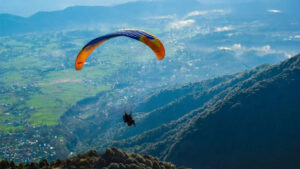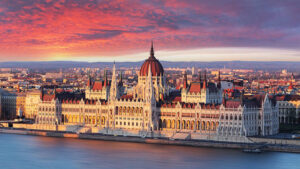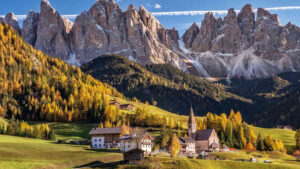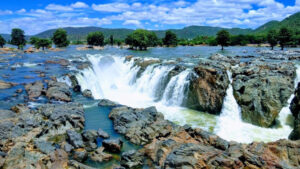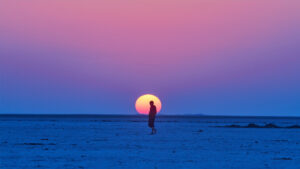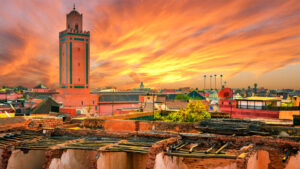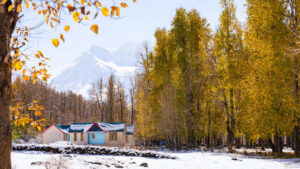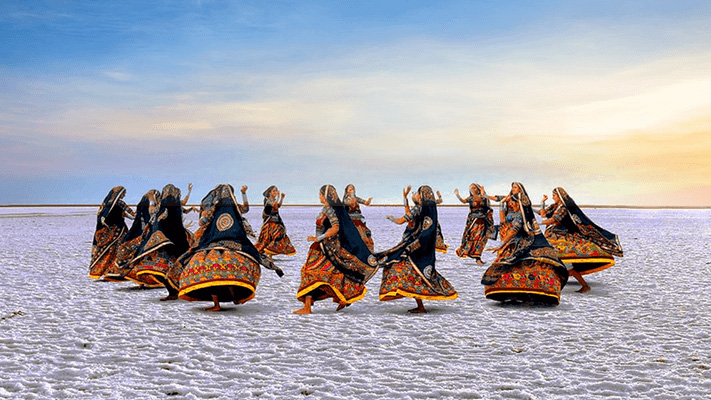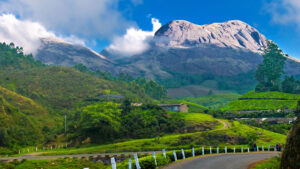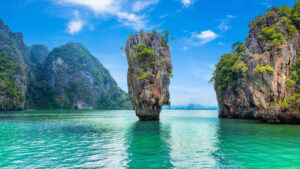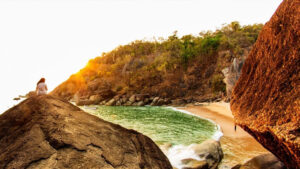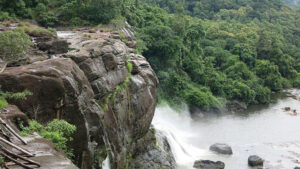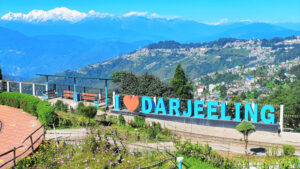ZANSKAR VALLEY, LADAKH – IMMERSE YOURSELF IN SPIRITUAL SPLENDOR

Located in the remote region of Ladakh, India, Zanskar Valley stands as a hidden jewel of natural beauty and cultural richness. Surrounded by towering mountains, rugged cliffs, and pristine landscapes, this enchanting valley captivates the hearts of adventurous travelers and nature enthusiasts. From its breathtaking landscapes to its ancient monasteries and untouched villages, Zanskar Valley offers a glimpse into a world untouched by time. With frozen rivers, challenging treks, and a serene ambiance that evokes a sense of tranquility, Zanskar Valley is a paradise for those seeking an off-the-beaten-path adventure and a chance to experience the raw and untouched beauty of the Himalayas.

Surrounded by towering snow-capped peaks and traversed by the glistening Zanskar River, this valley is a paradise for nature enthusiasts, trekkers, and cultural explorers. Here’s a closer look at Zanskar Valley and what makes it a captivating destination:
- Spectacular Landscapes: Zanskar Valley is renowned for its breathtaking landscapes that are characterized by dramatic cliffs, deep gorges, and vast expanses of barren mountains. The valley remains isolated for most of the year due to heavy snowfall, which adds to its untouched and pristine charm.
- Challenging Treks: The region offers some of the most challenging and rewarding treks in the Himalayas. The famous Chadar Trek, undertaken during the winter months, involves walking on a frozen river surrounded by towering cliffs. The trek offers a unique experience of walking on ice and immersing oneself in the stunning winter scenery.
- Monasteries and Buddhist Culture: Zanskar Valley is home to several ancient Buddhist monasteries that showcase the rich cultural heritage of the region. The Karsha Monastery, Zongkhul Monastery, and Phuktal Monastery are notable sites that provide insights into Tibetan Buddhism and offer stunning views of the surrounding landscapes.
- Frozen Waterfalls and Lakes: During winter, Zanskar Valley transforms into a frozen wonderland with frozen waterfalls and lakes. The frozen waterfall at Nerak is a breathtaking sight, and the frozen surface of the Chadar Trek leads trekkers to the magical frozen Zanskar River.
- Local Villages and Homestays: The valley is dotted with picturesque villages that offer a glimpse into the local way of life. Staying in traditional homestays provides an opportunity to interact with the warm and hospitable locals, experience their culture and traditions, and savor authentic Ladakhi cuisine.
- Peace and Serenity: Zanskar Valley offers a sense of tranquility and isolation that is rare to find in today’s fast-paced world. The absence of modern amenities and the pristine surroundings allow visitors to disconnect from the outside world and immerse themselves in the peaceful ambiance of the valley.
Experiences and Activities Enjoyed by Tourists
Zanskar Valley offers a range of experiences and activities that leave tourists awe-inspired and fulfilled. Here are some of the highlights:

- Trekking: Zanskar Valley is a trekker’s paradise, offering a plethora of trekking routes with varying difficulty levels. The famous Chadar Trek, during the winter months, is a unique experience where trekkers walk on the frozen Zanskar River. Other popular treks include the Markha Valley Trek, Stok Kangri Trek, and Lamayuru to Padum Trek, each showcasing stunning landscapes and cultural encounters.
- River Rafting: The Zanskar River presents thrilling opportunities for river rafting enthusiasts. From exhilarating rapids to breathtaking scenery, rafting in Zanskar Valley is a unique adventure that allows visitors to witness the beauty of the surroundings from a different perspective.
- Photography and Sightseeing: The stunning landscapes of Zanskar Valley provide endless opportunities for photography. From dramatic cliffs and frozen waterfalls to vast meadows and vibrant monasteries, every corner of the valley is a visual delight. Sightseeing tours take visitors to iconic spots like Pensi La Pass, Drang-Drung Glacier, and Suru Valley, offering panoramic views and moments of awe.
- Ice Climbing: During winter, Zanskar Valley becomes a playground for ice climbers. Frozen waterfalls and ice formations present exciting challenges for climbers of all skill levels. Experienced guides and instructors are available to assist climbers and ensure their safety.
- Meditation and Retreats: The serene and secluded atmosphere of Zanskar Valley makes it an ideal destination for meditation and spiritual retreats. Visitors can find peace and solace amidst the tranquil surroundings, away from the distractions of everyday life.
Top Attractions and Must Visit Places
Zanskar Valley offers a plethora of attractions and must-visit places that showcase its natural beauty and cultural heritage. Here are some of the top attractions in and around Zanskar Valley:
- Phugtal Monastery: Located in a remote cave-like structure, the Phugtal Monastery is one of the most spectacular monasteries in the region. It is perched on a cliffside, overlooking the Lungnak River. The monastery’s unique architecture and spiritual ambiance make it a must-visit destination for cultural enthusiasts.
- Drang-Drung Glacier: Situated on the way to the Suru Valley, the Drang-Drung Glacier is a mesmerizing natural wonder. It is one of the largest glaciers in Ladakh, surrounded by snow-capped mountains and pristine landscapes. The breathtaking views and serene atmosphere make it a favorite spot for photographers and nature lovers.

- Zongkhul Monastery: Tucked away in a dramatic cave, the Zongkhul Monastery is known for its intriguing legends and stunning vistas. It is a serene and secluded place where visitors can witness the fusion of spirituality and natural beauty.
- Suru Valley: Just outside of Zanskar Valley lies the picturesque Suru Valley, blessed with green meadows, colorful wildflowers, and a backdrop of majestic Himalayan peaks. The valley offers panoramic views, charming villages, and a chance to experience the local culture and traditions.
- Panikhar Fort: Situated in the village of Panikhar, this ancient fort offers a glimpse into the region’s history. The fort’s strategic location provides breathtaking views of the surrounding valleys and mountains.
- Karsha Monastery: One of the largest monastic complexes in Zanskar, the Karsha Monastery is a significant cultural and religious center. It houses beautiful frescoes, ancient scriptures, and statues. The annual Gustor Festival held here attracts a large number of devotees and tourists.
- Nun-Kun Peaks: The Nun-Kun Peaks, standing tall at over 7,000 meters, are a major attraction for mountaineers and adventure enthusiasts. These peaks offer challenging climbs and reward climbers with awe-inspiring views from the summit.
- Padum: Serving as the administrative center of Zanskar Valley, Padum is a quaint town with a laid-back atmosphere. It is surrounded by scenic landscapes, ancient rock carvings, and traditional Ladakhi architecture. The town offers a glimpse into the local way of life and acts as a base for various treks in the region.
- Stongdey Monastery: Perched atop a hill, the Stongdey Monastery offers panoramic views of the surrounding mountains and valleys. It is known for its impressive architecture, intricate murals, and a large collection of scriptures.
- Chadar Trek: While not a specific place, the Chadar Trek deserves a mention as one of the most iconic experiences in Zanskar Valley. Walking on the frozen Zanskar River, surrounded by towering cliffs and stunning winter landscapes, is an extraordinary adventure that attracts thrill-seekers from around the world.
Best Time to Visit
The best time to visit Zanskar Valley is during the summer months, from May to September. The weather is generally pleasant and clear, allowing for breathtaking views of the surrounding mountains and landscapes. The summer months also mark the peak tourist season in Zanskar Valley, with various festivals and events taking place. During this time, the frozen Zanskar River melts, making it ideal for river rafting and other water-based activities.
During the winter months, the valley remains cut off from the rest of the world due to heavy snowfall, and most of the trekking routes and high mountain passes are closed. However, if you are an experienced winter trekker and seek the unique experience of walking on a frozen river, visiting during the winter months for the Chadar Trek can be an option.
It’s recommended to avoid the monsoon season (July and August) as the region receives sporadic rainfall, which may make trekking routes slippery and transportation difficult.

How to Reach
Reaching Zanskar Valley can be a thrilling journey due to its remote location. Here are the common ways to reach Zanskar Valley:
- By Air: The nearest airport to Zanskar Valley is Kushok Bakula Rimpochee Airport in Leh, Ladakh. It is well-connected to major cities in India like Delhi, Mumbai, and Srinagar. From Leh, you can hire a private taxi or join a group tour to reach Zanskar Valley. The road journey from Leh to Zanskar Valley takes approximately 12-14 hours.
- By Road: The most common route to reach Zanskar Valley is via the Leh-Kargil Road. This road journey offers breathtaking views of the Ladakh region and passes through scenic mountain landscapes. From Kargil, you need to take the Padum-Zanskar Road, which connects Kargil to Zanskar Valley. The road journey from Kargil to Zanskar Valley takes approximately 6-8 hours.
- By Bus: Regular bus services operate from Leh to Padum, the main town in Zanskar Valley. The bus journey takes around 12-14 hours and offers an affordable option for travelers. However, it’s important to check the bus schedules in advance as they may vary depending on the weather conditions and tourist season.
- By Shared Taxis: Shared taxis are a popular mode of transportation in Ladakh. You can find shared taxis or cabs from Leh that travel to Padum or other villages in Zanskar Valley. Shared taxis offer a cost-effective and convenient option, especially for solo travelers or small groups.
It’s important to note that the road conditions in Ladakh can be challenging, with steep mountain passes and rough terrain. It’s advisable to hire an experienced local driver or join a guided tour for a safe and comfortable journey.
Additionally, it’s essential to carry all the necessary permits and documents required for traveling in the Ladakh region. It’s recommended to check the latest travel advisories and road conditions before planning your trip to Zanskar Valley.



